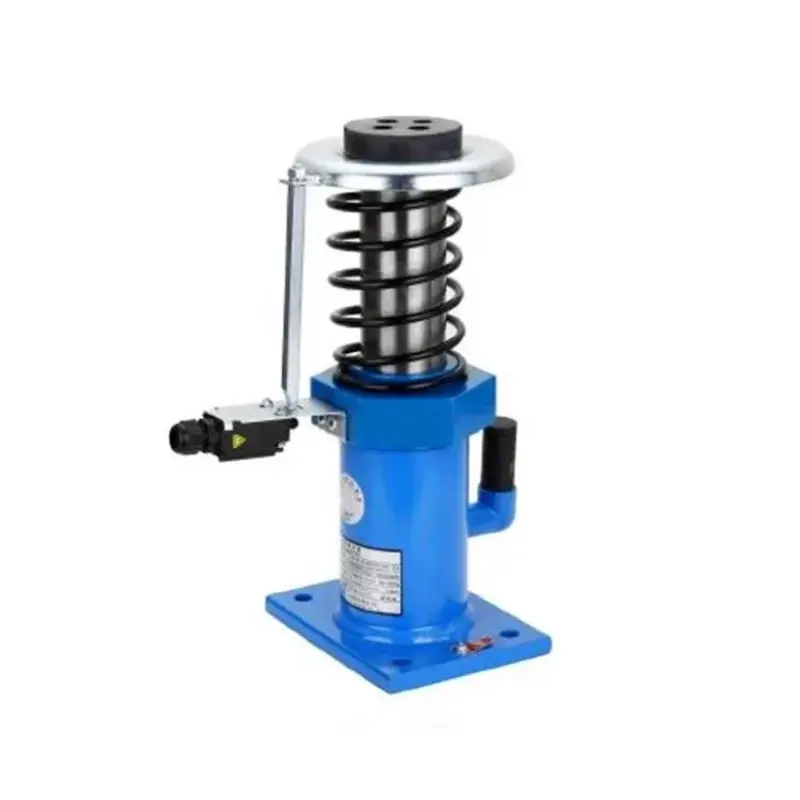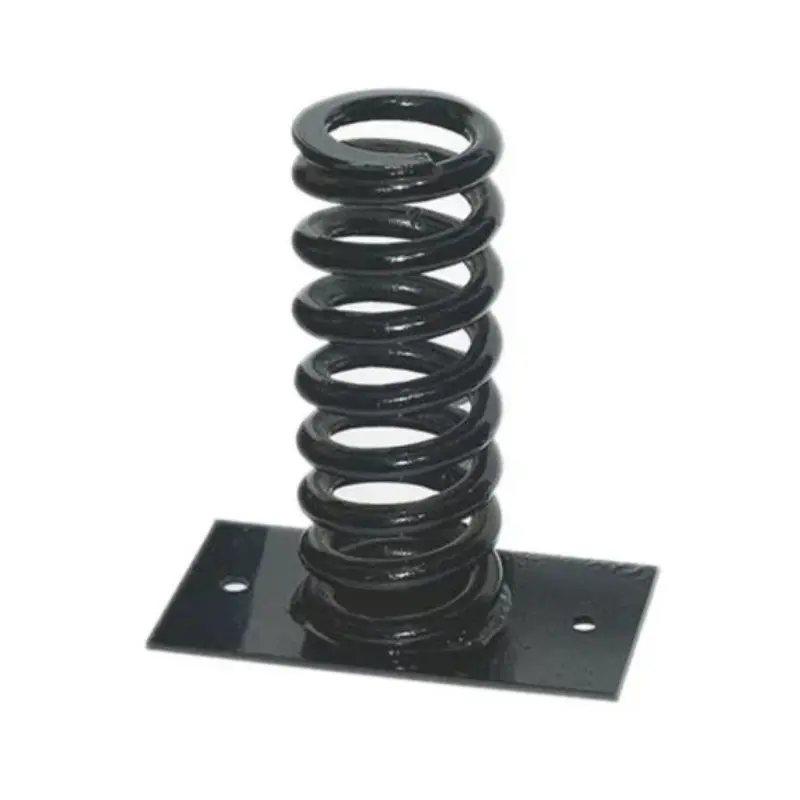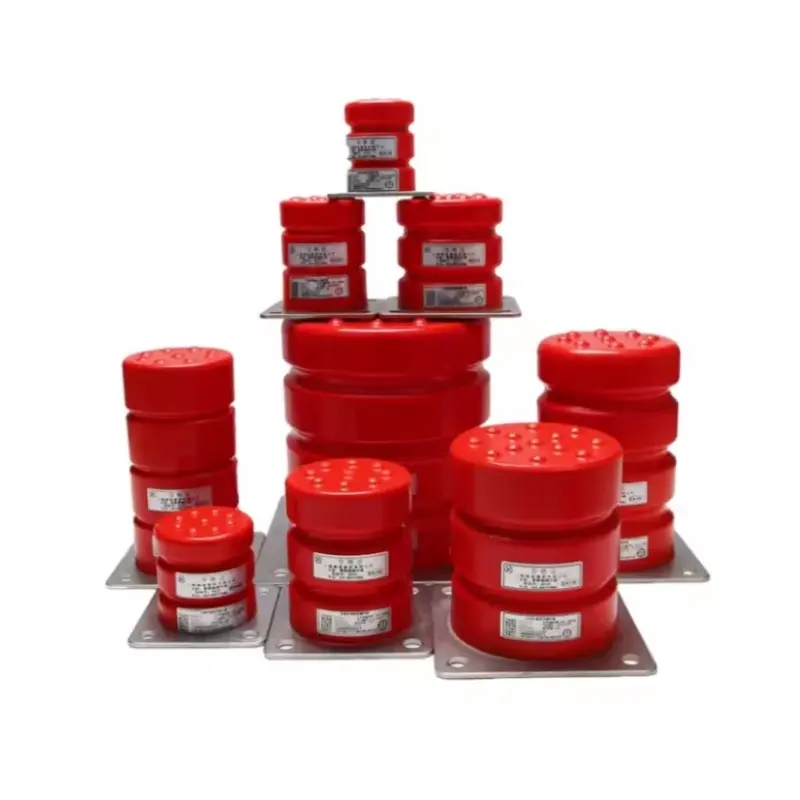Elevator buffers play a crucial role in ensuring the smooth and safe operation of elevators, absorbing shock during sudden stops, and preventing damage to the system. These buffers need regular inspections and maintenance to perform effectively. In this article, we’ll guide you through a detailed process for checking the working condition of hydraulic, spring, and polyurethane elevator buffers.
Elevator buffers come in three common types: hydraulic buffers, spring buffers, and polyurethane buffers. Each of these buffer types serves a specific function and has its own set of characteristics. Understanding the differences between them will help you perform the necessary maintenance effectively.

Hydraulic buffers use oil to absorb impact and are often found in high-speed or heavy-load elevators. These buffers require regular inspection of the oil level, seals, and functionality of the piston rebound.
Inspection Points:

Spring buffers are commonly used in low-speed, lighter-load elevators. These buffers rely on springs to absorb shock. They are relatively simple but require careful inspection to ensure they remain in good condition.
Inspection Points:

Polyurethane buffers are used in medium-to-low-speed, light-load elevators. Known for their durability, they require less maintenance than hydraulic or spring buffers but still need regular checks.
Inspection Points:
Below is a detailed comparison of hydraulic, spring, and polyurethane buffers, outlining their inspection focus, maintenance needs, and typical failure risks.
Type | Hydraulic Buffers | Spring Buffers | Polyurethane Buffers |
Key Inspection | Oil level, sealing, reset time | Spring deformation, rust | Material aging, elasticity |
Maintenance | Regular oil change, calibration | Rust prevention, lubrication | Low maintenance but needs regular replacement |
Suitable for | High-speed, heavy-load elevators | Low-speed elevators | Medium to low-speed, light-load elevators |
Failure Risks | Oil leakage causing failure | Spring breakage | Aging, cracking, or softening |
The first step is a thorough visual check of the buffer’s surface and components. Inspect hydraulic, spring, and polyurethane buffers for visible damage such as cracks, rust, or oil leaks. Ensure that the components are securely mounted and that there are no loose bolts.
Perform functional tests based on the type of buffer:
Simulate real-world conditions by triggering the buffers under controlled tests. For hydraulic buffers, observe their reset time after activation. Ensure the buffer works effectively under high-speed conditions or after significant impact.
Regular maintenance is essential to prolong the lifespan and functionality of elevator buffers. Here are some preventive steps to incorporate into your regular maintenance schedule:
Elevator buffer maintenance is crucial for ensuring safe, smooth operation. Regular inspections and prompt corrective action can extend the lifespan of the elevator system and enhance safety. Whether you are dealing with hydraulic, spring, or polyurethane buffers, understanding the key inspection points and maintenance practices is essential.
At POTENSI, we provide high-quality elevator parts, including durable buffers designed to meet the demands of modern elevators. Our products are reliable, easy to maintain, and designed for optimal performance.
Contact us today to explore our range of elevator buffers and other essential components. With our expertise and reliable products, you can keep your elevator systems running safely and efficiently.
① Get 10% off on your first order.
② Get latest news about our promotion products.
③ Get our sales specialist VIP service 24/7.
④ Get access to our credit payment time.
WhatsApp us
